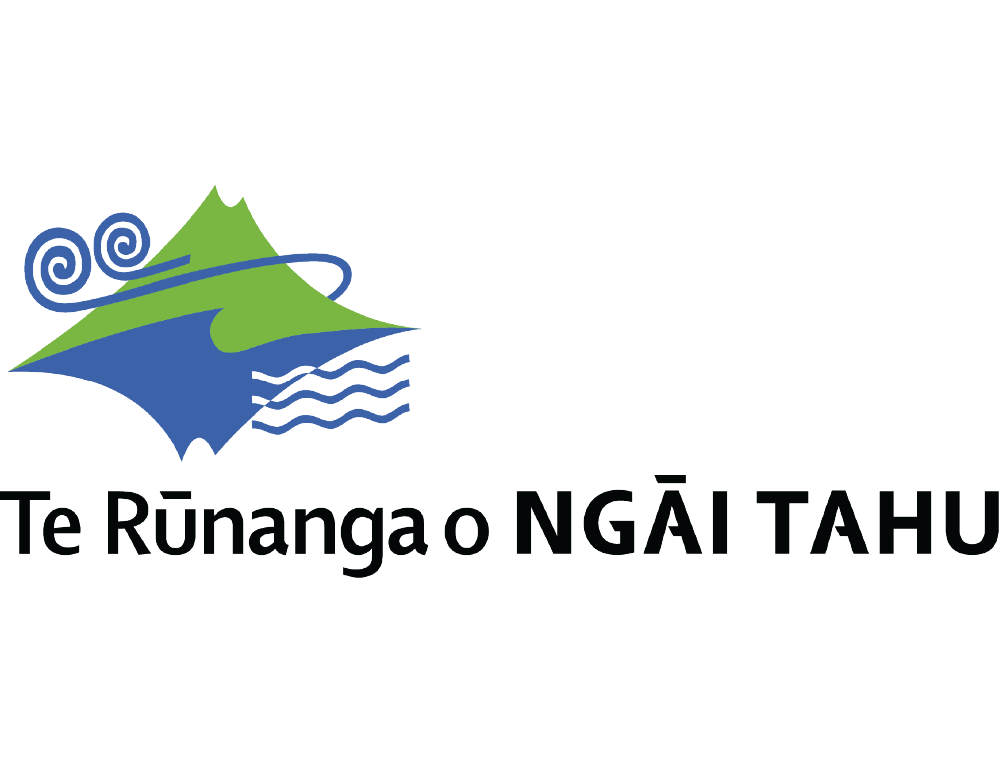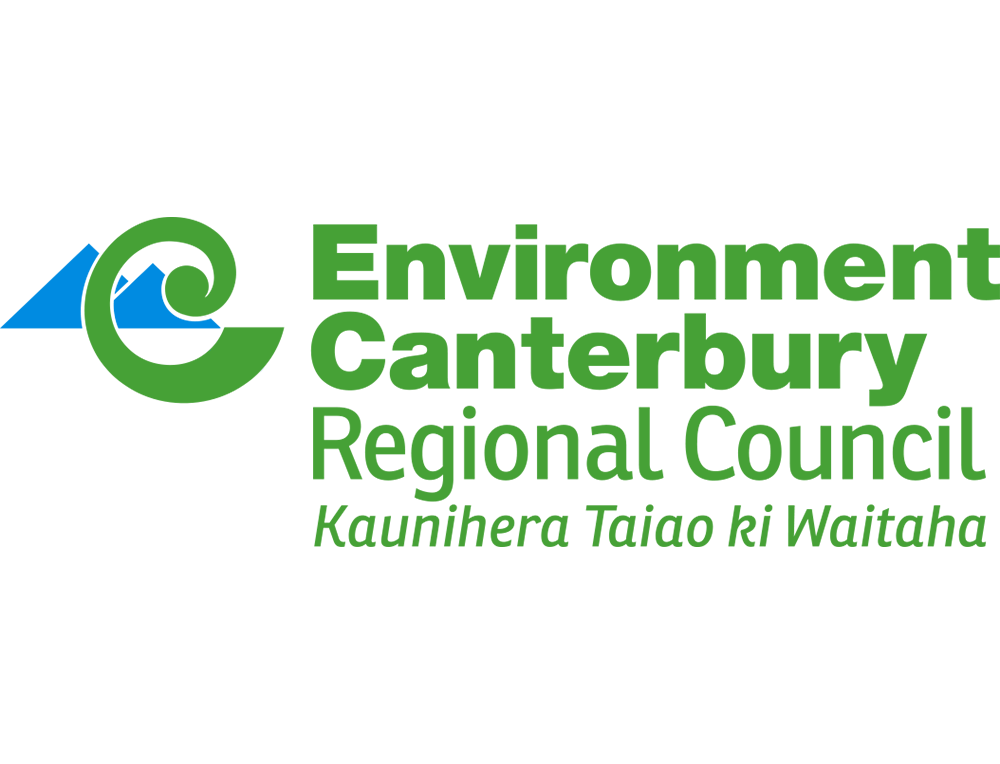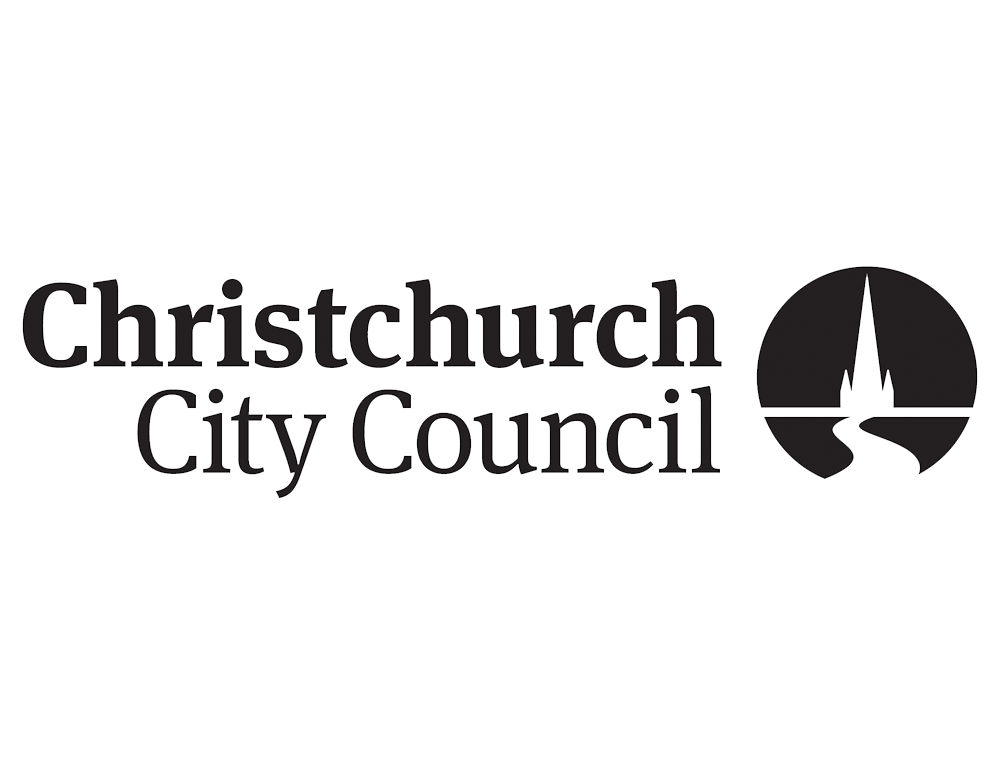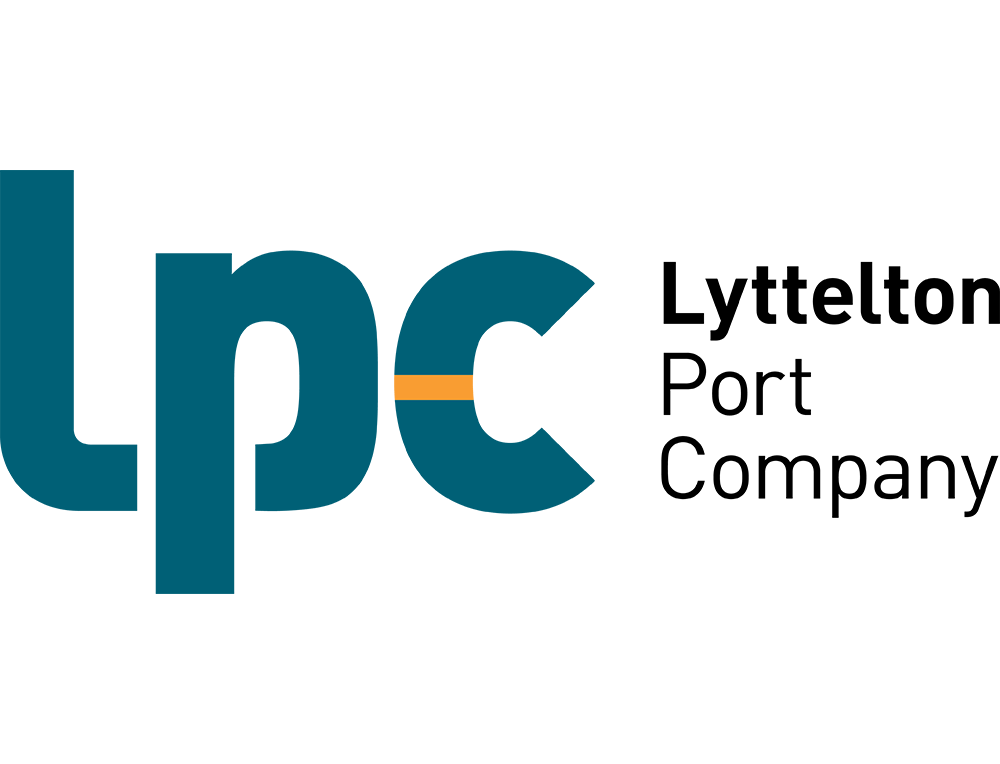About the catchment
Cultural values
Whakaraupō/Lyttelton Harbour has cultural, spiritual, historical and traditional importance for Ngāi Tahu, particularly for the Te Hapū o Ngāti Wheke, who have mana whenua and mana moana (customary authority) over the harbour basin. The takiwā (territory) of Te Hapū o Ngāti Wheke centres on Rāpaki, on the northern shore of the harbour to the west of Lyttelton.

Ecological values
Harbour communities
The residents of Whakaraupō/Lyttelton Harbour engage with and value the harbour for many different reasons. Locals and visitors from Christchurch and wider Canterbury value the connections they have with the harbour through fishing and food gathering, sailing, paddling, swimming, and walking the various tracks along the shore and in the surrounding hills. Many residents are involved in maintaining and restoring areas of the harbour, including through stream restoration, planting, beach clean ups and education initiatives, and through participation in environmental trusts, committees and community boards.
Lyttelton port
Lyttelton Port is the largest port and container service in the South Island. The Port provides a critical link in both New Zealand and global trade networks, and is a significant local employer. Generations of locals have worked at the Port, and its industrial aesthetic and hum of activity have become a part of Lyttelton’s identity.
Key issues
Over time, increasing human population and related changes in land use have had a significant effect on the ecological health of Whakaraupō/Lyttelton Harbour. Key issues include ongoing erosion and sedimentation and the discharge of contaminants into the harbour through treated effluent and stormwater. As Lyttelton Port expands to meet the future demands of shipping and trade, development activities must also be carefully managed to protect the health of the harbour.





